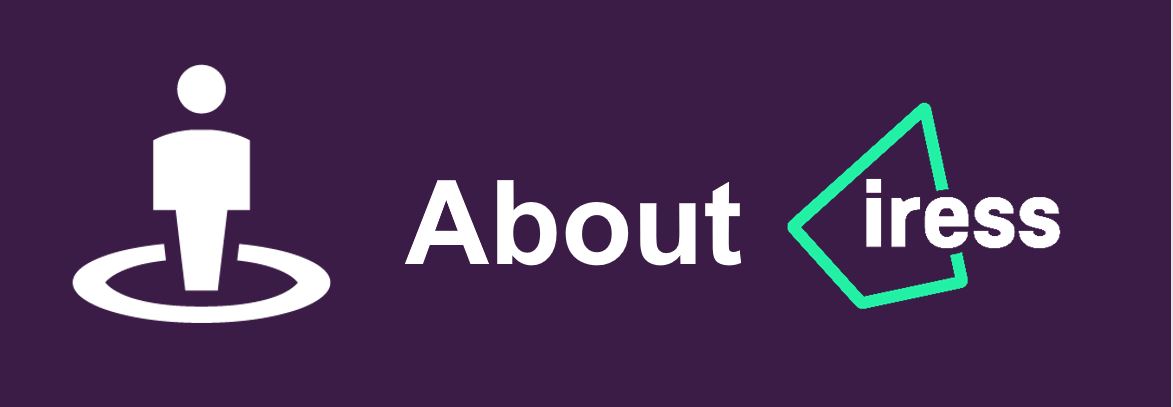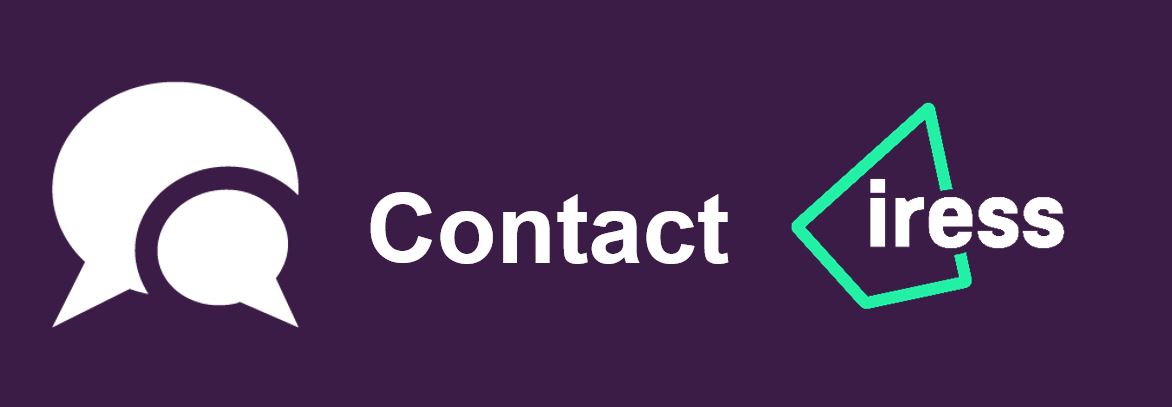Personal insurances: Insurance premium variables
Written and accurate as at: Mar 12, 2019 Current Stats & Facts

In our animation, ‘Personal insurances: Managing risk’, we briefly discuss the risk probability/impact matrix, which is a framework to assess whether a risk requires action or not from a risk management perspective.
Importantly, in cases where a risk has been assessed as requiring action (e.g. assigned a medium to high risk probability/impact grading), the following below strategies may be implemented moving forward.
Risk management strategies
1. Risk transfer. You choose to share the risk with a third party.
And/or,
2. Risk reduction or avoidance strategy. You choose to mitigate the risk.
As a refresher, here is a brief overview of the risk probability/impact matrix.
|
The risk probability/impact matrix |
|||||
|
|
Impact |
||||
|
Probability |
Trivial |
Minor |
Moderate |
Major |
Extreme |
|
Rare |
Low |
Low |
Low |
Medium |
Medium |
|
Unlikely |
Low |
Low |
Medium |
Medium |
Medium |
|
Moderate |
Low |
Medium |
Medium |
Medium |
High |
|
Likely |
Medium |
Medium |
Medium |
High |
High |
|
Very likely |
Medium |
Medium |
High |
High |
High |
In light of above, in terms of risk transfer, this can include an insurance company via personal insurances, such as Life, Total and Permanent Disability (TPD), Income Protection and/or Trauma insurance.
However, in this instance, it’s important to understand that an insurance company conducts their own risk assessment as they are being asked to take on the risk of having to pay a claim for a potential future event.
The end result of their risk assessment, which has taken into account a diverse range of underlying variables, is reflected in the insurance premiums payable (or, an exclusion or decline on the cover).
With this in mind, some of the variables can include, for example:
- Gender.
- Age.
- Smoker status.
- Occupation.
- Cover type (e.g. Life, TPD, Income Protection, or Trauma insurance).
- Claim definition [e.g. TPD (any, own, general/all duties, homemaker) or Income Protection (indemnity or agreed)].
- Ownership structure (e.g. super, non-super or, where applicable, super-linked).
- Sum insured [e.g. Life, TPD or Trauma (lump sum) or Income Protection (monthly sum)].
- Other policy features, where applicable [e.g. Income Protection (waiting and benefit period)].
- Supplementary provisions (e.g. standard or comprehensive).
- Premium style (e.g. stepped, level or hybrid).
- Premium frequency (e.g. monthly, quarterly, half yearly or yearly).
- Pastimes (e.g. abseiling, scuba diving, martial arts, or football).
- Loadings applied (e.g. due to health, occupation, or pastimes).
However, other variables can also include, for example:
- Policy structure [e.g. linked (Life and TPD linked), or standalone (Life and TPD standalone)].
- An example of a linked policy structure. Let’s say you link a TPD insurance policy with a sum insured of $500,000 to a Life insurance policy with a sum insured of $800,000. In the event of a successful claim on your TPD insurance policy, your Life insurance policy would still remain in force, but the sum insured would be reduced to $300,000.
- Policy discounts applied (e.g. multiple insurance policies, large sums insured or health-based).
Insurance premium variables
To demonstrate the effect that the abovementioned variables can have on insurance premiums, we have chosen to include a fictitious case study, Jack and Jill, who are applying for cover in March 2019.
Please note: To keep things relatively simple, as we work through several of the variables (i.e. gender, age, smoker status, and occupation), default variables will remain constant bar the one we are looking at.
Below you will find the default variables.
|
Case Study: Insurance Premium Variables |
||
|
|
Person |
|
|
Jack |
Jill |
|
|
Variables |
||
|
Personal details |
||
|
Gender |
Male |
Female |
|
Age |
30 |
30 |
|
Smoker status |
Non-smoker |
Non-smoker |
|
Occupation |
Teacher (non-manual subjects) |
Teacher (non-manual subjects) |
|
Cover selection |
||
|
Cover type |
Income Protection insurance |
Income Protection insurance |
|
Claim definition |
Indemnity |
Indemnity |
|
Ownership structure |
Non-super |
Non-super |
|
Sum insured |
$4,375 per month |
$4,375 per month |
|
Waiting period |
90 days |
90 days |
|
Benefit period |
To age 65 |
To age 65 |
|
Supplementary provisions |
Standard |
Standard |
|
Premium style |
Stepped |
Stepped |
|
Premium frequency |
Monthly |
Monthly |
|
Loadings |
0% |
0% |
|
Premium payable |
$28.82-$50.61 per month* |
$43.22-$67.52 per month* |
*A general range has been given to highlight that not all insurance companies have the same risk assessment guidelines nor the same insurance policy offering (e.g. core and supplementary provisions).
Gender differences
Due to the differences in their gender, their insurance premiums payable are $28.82-$50.61 (Jack) and $43.22-$67.52 (Jill) per month.
In general, this can be a reflection of the increased likelihood of a female claiming on an Income Protection insurance policy when compared to male. However, this is not the case across all cover types.
For example, if we were to swap Income Protection for Life insurance with a sum insured of $800,000, then their insurance premiums payable would be $36.37-$43.54 (Jack) and $23.95-$31.88 (Jill) per month.
Age differences
At the age of 30, their insurance premiums payable are $28.82-$50.61 (Jack) and $43.22-$67.52 (Jill) per month. However, if they were aged 40 (and, applying for cover in March 2019), then their insurance premiums payable would be $42.64-$67.02 (Jack) and $63.96-$101.98 (Jill) per month.
In general, this can be a reflection of the fact that as you get older the likelihood of claiming on an Income Protection insurance policy (and, other cover types for that matter) increases.
Smoker status differences
As non-smokers, their insurance premiums payable are $28.82-$50.61 (Jack) and $43.22-$67.52 (Jill) per month. However, if they were smokers (and, applying for cover in March 2019), then their insurance premiums payable would be $35.96-$65.41 (Jack) and $54.03-$82.41 (Jill) per month.
In general, this can be a reflection of the increased health risks associated with smoking (e.g. cancers, cardiovascular diseases, type 2 diabetes, etc.), and the subsequently increased likelihood of a smoker claiming on an Income Protection insurance policy (and, other cover types for that matter).
Please note: If you applied for personal insurances when you were a smoker, but have since given up smoking (for more than 12 months), you may be able to request an adjustment to your insurance premiums to reflect a non-smoker status. This usually involves signing a non-smoking declaration.
Occupation differences
As teachers (non-manual subjects), their insurance premiums payable are $28.82-$50.61 (Jack) and $43.22-$67.52 (Jill) per month. However, if they were nurses (registered/enrolled) (and, applying for cover in March 2019), then their insurance premiums payable would be $52.60-$83.56 (Jack) and $79.53-$119.15 (Jill) per month.
In general, this can be a reflection of the increased likelihood of a nurse (registered/enrolled) claiming on an Income Protection insurance policy when compared to a teacher (non-manual subjects).
Please note: Occupations considered to be high risk (increased likelihood of claiming), and therefore likely to incur higher insurance premiums, can include ones that, for example:
- Cause you mental strain or stress;
- Require you to complete hazardous tasks; and/or,
- Expose you to diseases, poisonous chemicals or unhealthy environments.
Moving forward
As you can see from the above case study, insurance premiums can vary considerably from one person to the next due to the diverse range of variables at play.
Whilst there are some variables that you can change (e.g. smoker status), there are others that you can’t change (e.g. age!), nor potentially wish to (e.g. occupation), for a more favourable risk assessment.
At the end of the day, an important part of wealth accumulation is putting appropriate strategies in place to manage risk. Whilst sometimes seen as a ‘grudge purchase’, personal insurances are one such strategy.
As such, when putting in place appropriate personal insurances, consideration is given towards your financial situation, goals and objectives – inclusive of your ability to meet the insurance premiums payable from a cash flow perspective now and into the future.
If you have any questions regarding this article, please do not hesitate to contact us.













